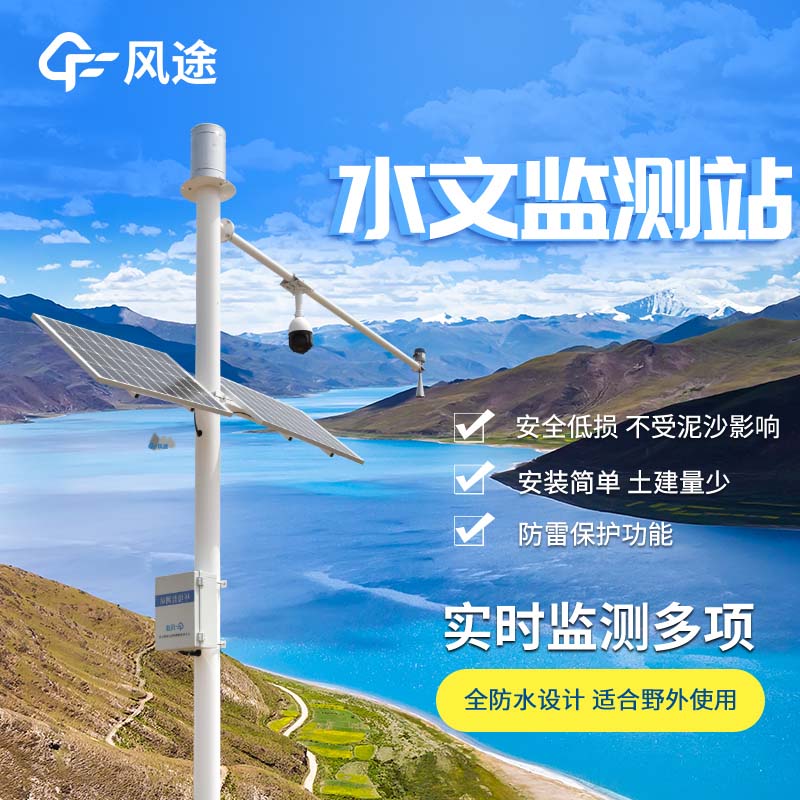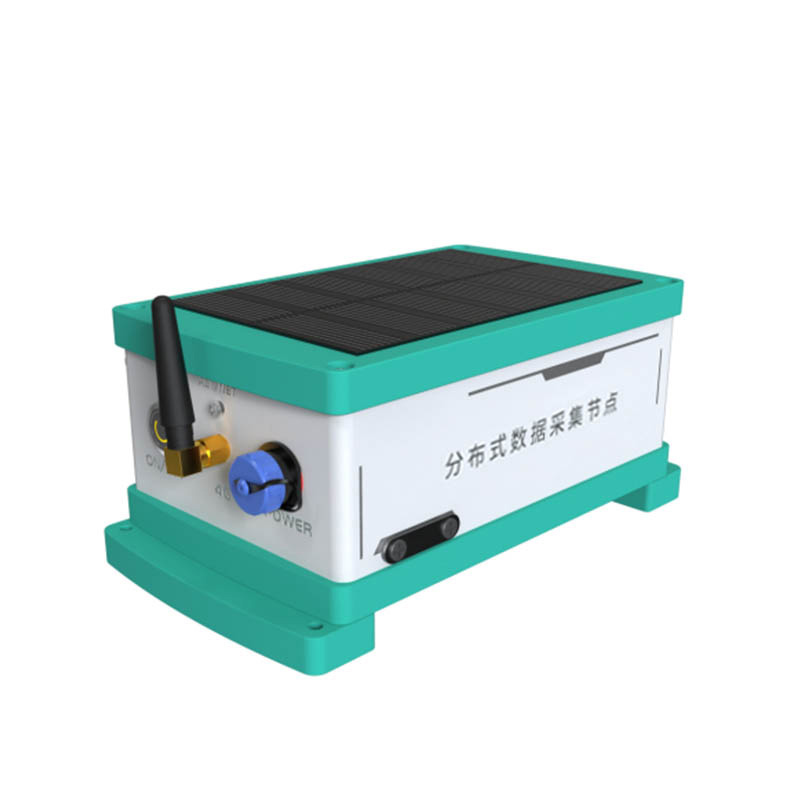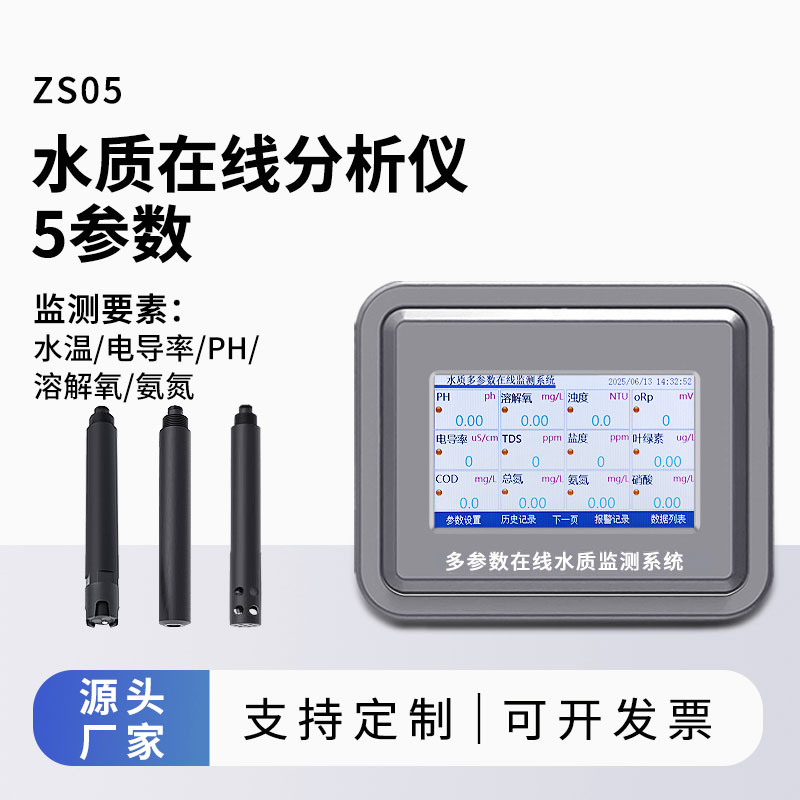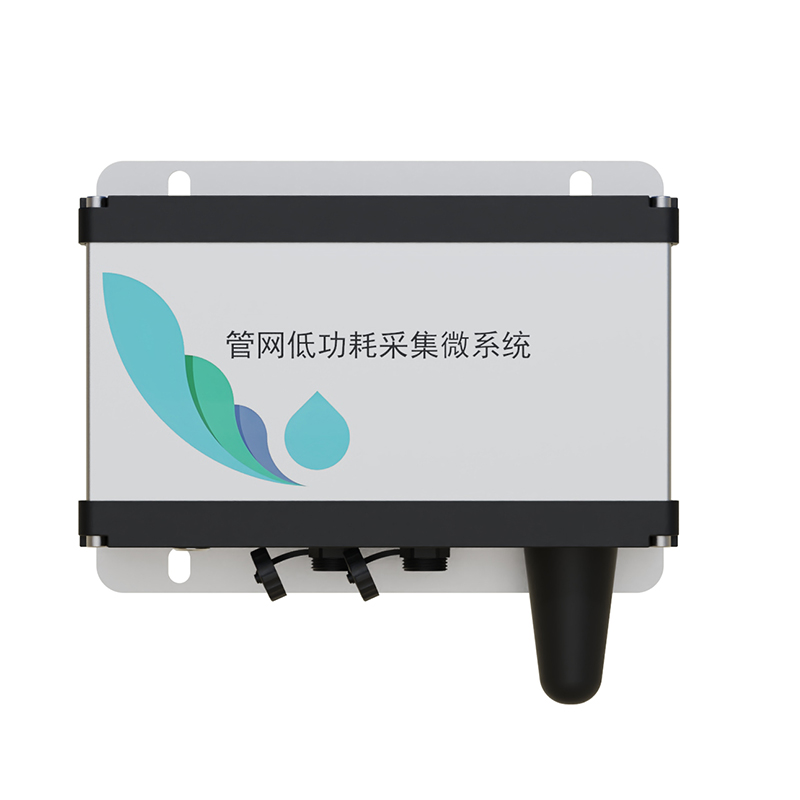The water monitoring system consists of a monitoring site, a data collection gateway and an early warning platform. The equipment at the monitoring stations collects data and transmits it to the early warning platform through the gateway and 4G network. This platform monitors hydrological data, video and equipment status, as well as map management and data analysis.
The system can automatically monitor lakes and reservoirs around the clock and keep track of the situation. It can respond quickly to dangerous situations, which is valuable for river and lake management and flood prevention and mitigation.
Rivers and lakes are valuable resources with important economic and ecological benefits. In recent years, efforts have been made at all levels to govern, manage and protect them, and to promote the development of flood control, water supply, power generation, navigation and aquaculture, among other things.
With more water bodies under management, problems such as water pollution and illegal sand mining are difficult to be solved in a timely manner, and the cost of restoration at a later stage is large. Therefore, there is a need to implement the river and lake management system to achieve digital and information-based management, strengthen supervision, and provide decision-making support for the ecological management of rivers and lakes.
The reform of water conservancy modernisation requires a water measurement and reporting system. This system automatically collects, transmits, processes and analyses hydrological data, providing accurate and timely information to help decision-makers make reasonable flood control decisions and protect reservoirs and the surrounding ecological environment.
The water condition monitoring system can monitor the water level, rainfall and flow rate of reservoirs in real time, predict floods and provide early warning to mitigate the impact of disasters. It also assists in the development of flood control strategies, improves reservoir safety and provides data support for water resources safety management.
The data collection subsystem is the core of reservoir safety monitoring, using sensors, observatories and remote sensing equipment to monitor hydrological data in real time, including water level, rainfall, flow rate and water quality, to provide a basis for data processing and analysis.
The monitoring cloud platform receives hydrological data in real time, analyses and processes it, and provides decision-making support. It can provide remote early warning when encountering danger and improve the level of risk control in reservoirs.

This paper addresses:https://fengtusz.com/industry/151.html









